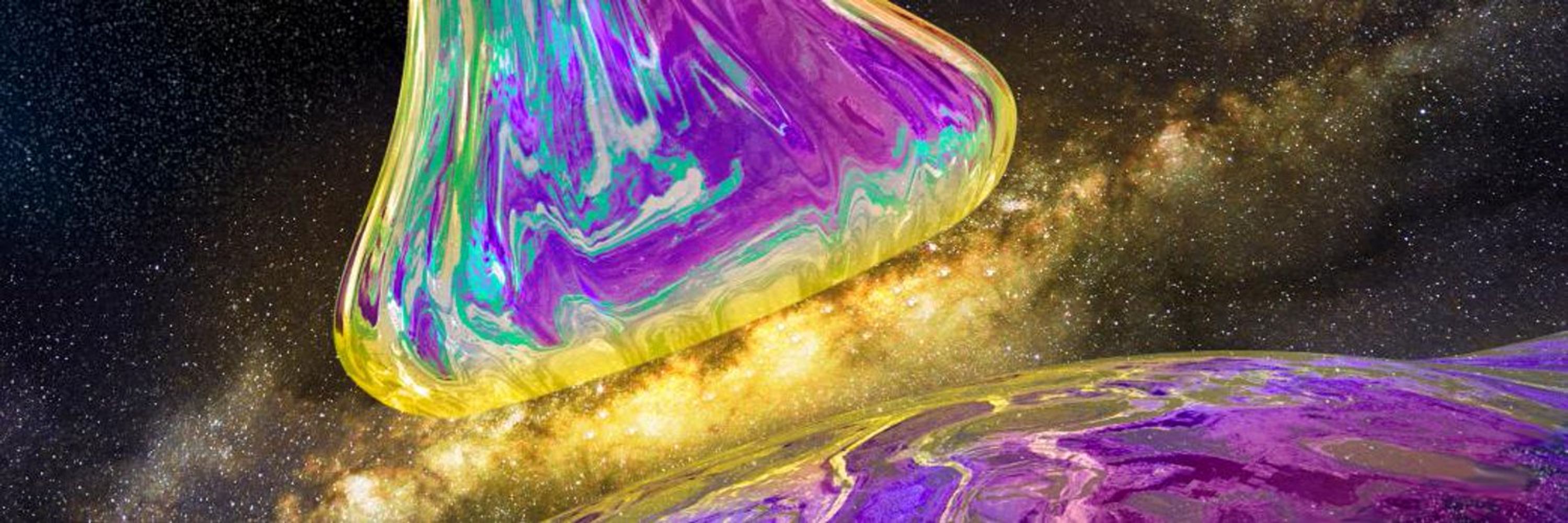
#ChemBio #Peptides #PNA #Microarrays #ChemicalProbes pharmacological targeting of #PPI #IDR #RNA
http://MaricLab.com
https://www.uni-wuerzburg.de/en/rvz/research-groups/maric-group/
http://bit.ly/14S4Z8k.
Proud to share with all of you our work on mRNA blocking using our own high-throughput antisense approach! doi.org/10.1002/advs...
Many thanks to @hmariclab.bsky.social, @jorg-vogel-lab.bsky.social and especially Linda for the amazing collaboration 😸
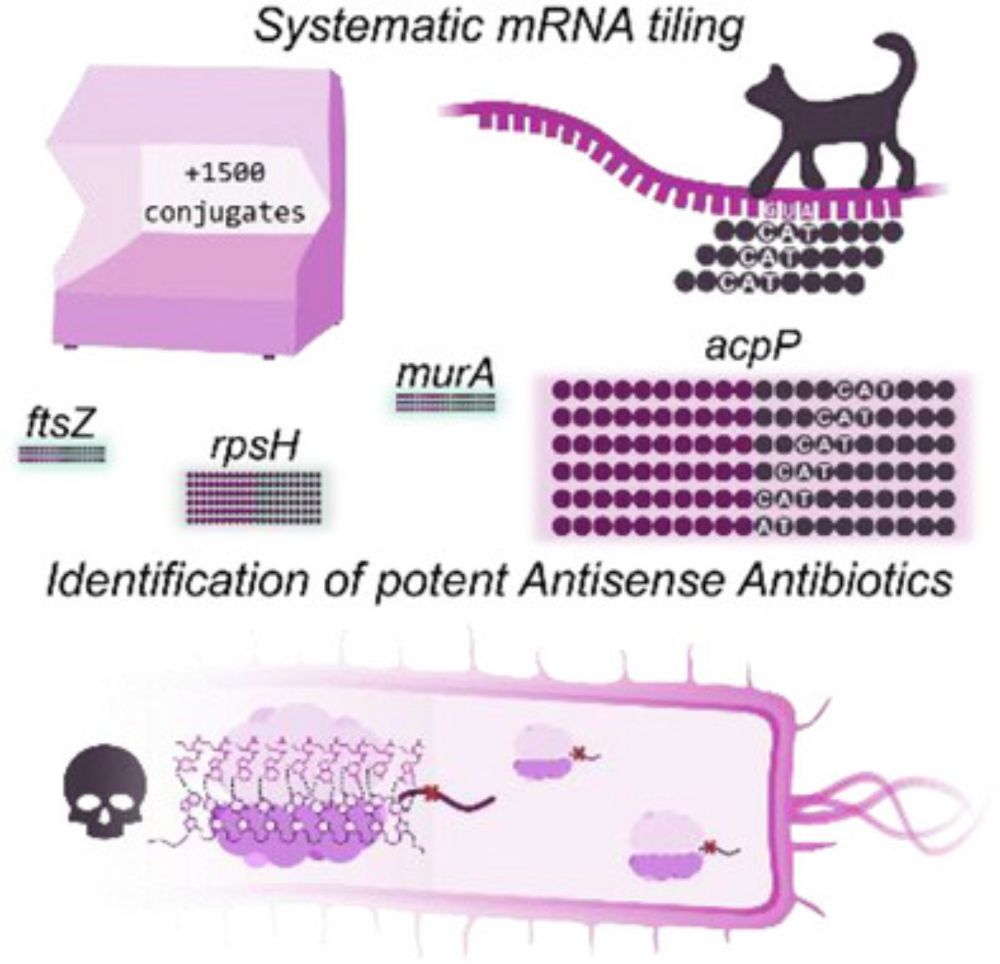
A true team effort in close collaboration with the @jorg-vogel-lab.bsky.social with special credit to Popella & Danti!
ASOs for the people!
bsky.app/profile/gior...
link.springer.com/book/10.1007...
19 protocols & perspectives from leading labs on #PeptideLibraries design, synthesis & #screening.
Thanks to co-editor Ronald Frank and all contributors!
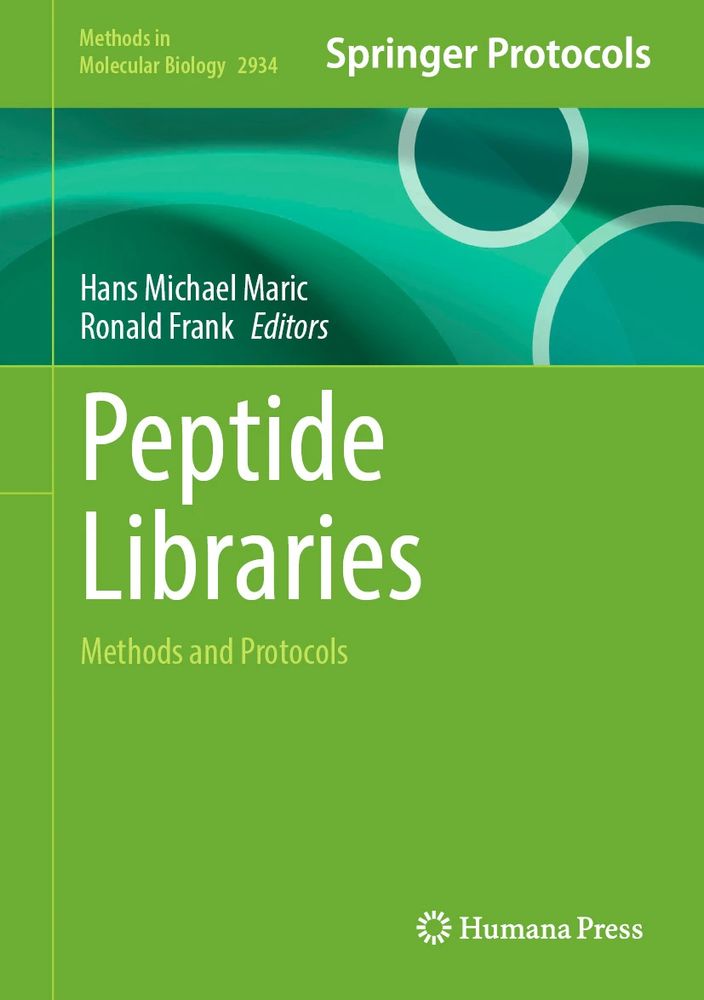
link.springer.com/book/10.1007...
19 protocols & perspectives from leading labs on #PeptideLibraries design, synthesis & #screening.
Thanks to co-editor Ronald Frank and all contributors!
Read it here 🔗 buff.ly/tunBPI2
#ChemSky

Read it here 🔗 buff.ly/tunBPI2
#ChemSky

Read it here 🔗 buff.ly/tunBPI2
#ChemSky
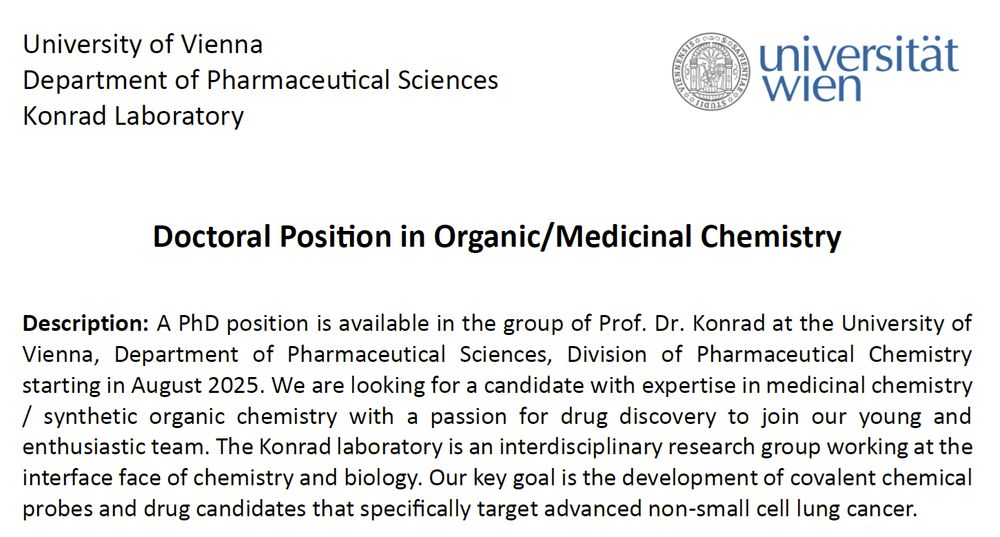

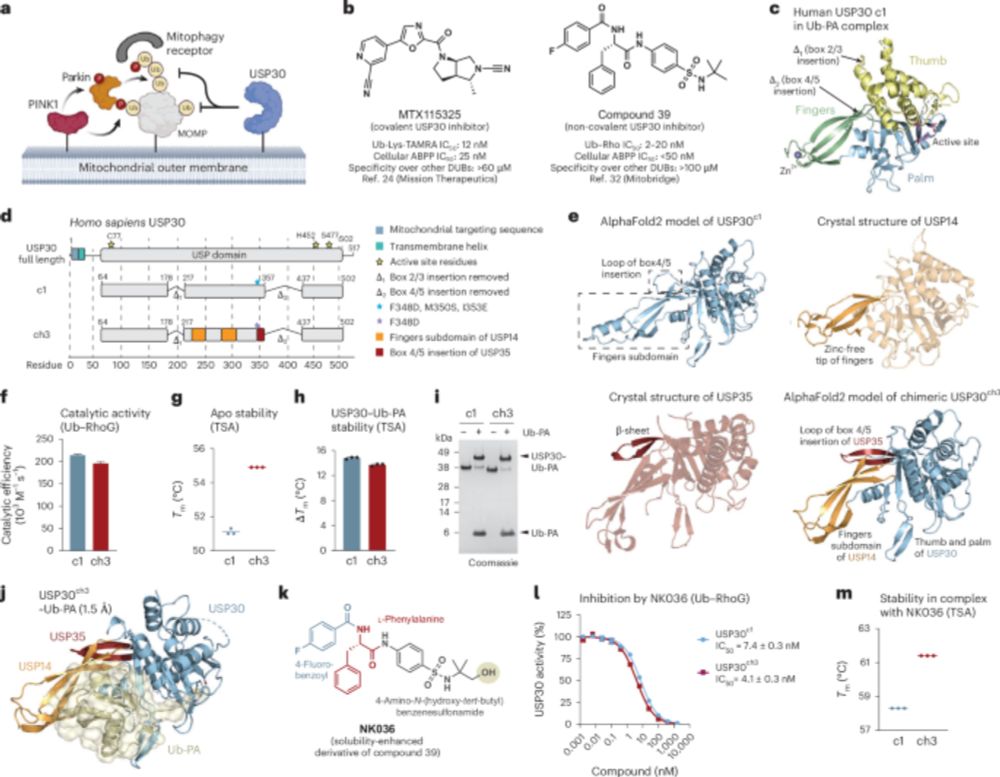
Now online in @elife.bsky.social
Looking forward to sharing the revised version!🔜
@hmariclab.bsky.social @uni-wuerzburg.de @maxplanck.de @unimedizin-goe.bsky.social
Now online in @elife.bsky.social
Looking forward to sharing the revised version!🔜
@hmariclab.bsky.social @uni-wuerzburg.de @maxplanck.de @unimedizin-goe.bsky.social
Epitope Sequence and Modification Fingerprints of Anti-Aβ Antibodies
Resource & deep dive into how therapeutic & research #Antibody detect key #AmyloidBeta variants in #AlzheimersDisease
Thanks @unimedizin-goe.bsky.social, @mpi-nat.bsky.social & @uni-wuerzburg.de !
Now online in @elife.bsky.social
Looking forward to sharing the revised version!🔜
@hmariclab.bsky.social @uni-wuerzburg.de @maxplanck.de @unimedizin-goe.bsky.social
Epitope Sequence and Modification Fingerprints of Anti-Aβ Antibodies
Resource & deep dive into how therapeutic & research #Antibody detect key #AmyloidBeta variants in #AlzheimersDisease
Thanks @unimedizin-goe.bsky.social, @mpi-nat.bsky.social & @uni-wuerzburg.de !
Proud to share with all of you our work on mRNA blocking using our own high-throughput antisense approach! doi.org/10.1002/advs...
Many thanks to @hmariclab.bsky.social, @jorg-vogel-lab.bsky.social and especially Linda for the amazing collaboration 😸

Proud to share with all of you our work on mRNA blocking using our own high-throughput antisense approach! doi.org/10.1002/advs...
Many thanks to @hmariclab.bsky.social, @jorg-vogel-lab.bsky.social and especially Linda for the amazing collaboration 😸
Proud to share with all of you our work on mRNA blocking using our own high-throughput antisense approach! doi.org/10.1002/advs...
Many thanks to @hmariclab.bsky.social, @jorg-vogel-lab.bsky.social and especially Linda for the amazing collaboration 😸

A true team effort in close collaboration with the @jorg-vogel-lab.bsky.social with special credit to Popella & Danti!
ASOs for the people!
bsky.app/profile/gior...
Proud to share with all of you our work on mRNA blocking using our own high-throughput antisense approach! doi.org/10.1002/advs...
Many thanks to @hmariclab.bsky.social, @jorg-vogel-lab.bsky.social and especially Linda for the amazing collaboration 😸

A true team effort in close collaboration with the @jorg-vogel-lab.bsky.social with special credit to Popella & Danti!
ASOs for the people!
bsky.app/profile/gior...
www.science.org/doi/10.1126/...

www.science.org/doi/10.1126/...
▶️ pubs.acs.org/doi/10.1021/...
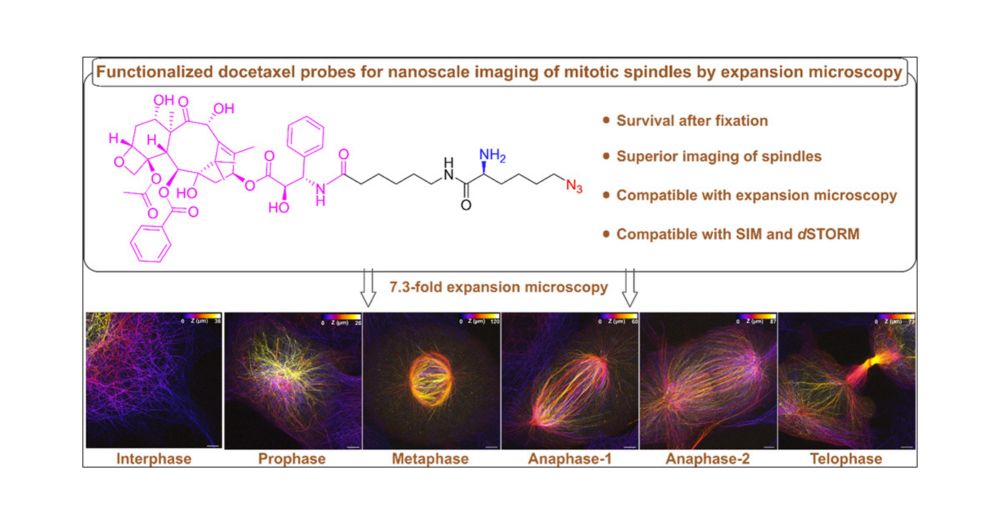
▶️ pubs.acs.org/doi/10.1021/...
Microscale thermophoresis (MST) played a huge part in optimizing the probes structure and sequence for binding affinity.
#ChemicalBiology #Synapse
—Synthetic, high-affinity #ChemicalBiology probes for #SuperResolution #Synapse visualization & precise mapping in neurons and brain slices—without the need for antibodies, tags, or transfection!
📢 Read more: pubs.acs.org/doi/10.1021/...
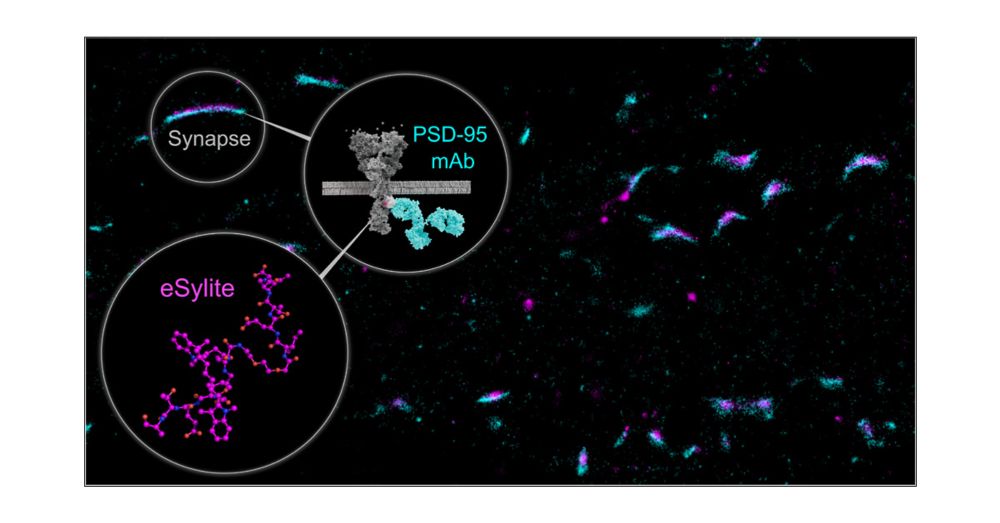
Microscale thermophoresis (MST) played a huge part in optimizing the probes structure and sequence for binding affinity.
#ChemicalBiology #Synapse
Huge thanks to all authors making this possible!
—Synthetic, high-affinity #ChemicalBiology probes for #SuperResolution #Synapse visualization & precise mapping in neurons and brain slices—without the need for antibodies, tags, or transfection!
📢 Read more: pubs.acs.org/doi/10.1021/...

—Synthetic, high-affinity #ChemicalBiology probes for #SuperResolution #Synapse visualization & precise mapping in neurons and brain slices—without the need for antibodies, tags, or transfection!
📢 Read more: pubs.acs.org/doi/10.1021/...

—Synthetic, high-affinity #ChemicalBiology probes for #SuperResolution #Synapse visualization & precise mapping in neurons and brain slices—without the need for antibodies, tags, or transfection!
📢 Read more: pubs.acs.org/doi/10.1021/...
#openaccess #chemsky
#openaccess #chemsky
Discovery of De Novo Macrocycle Inhibitors of Histone Deacetylase 11
pubs.acs.org/doi/10.1021/...
#ChemBio #chemsky #HDAC
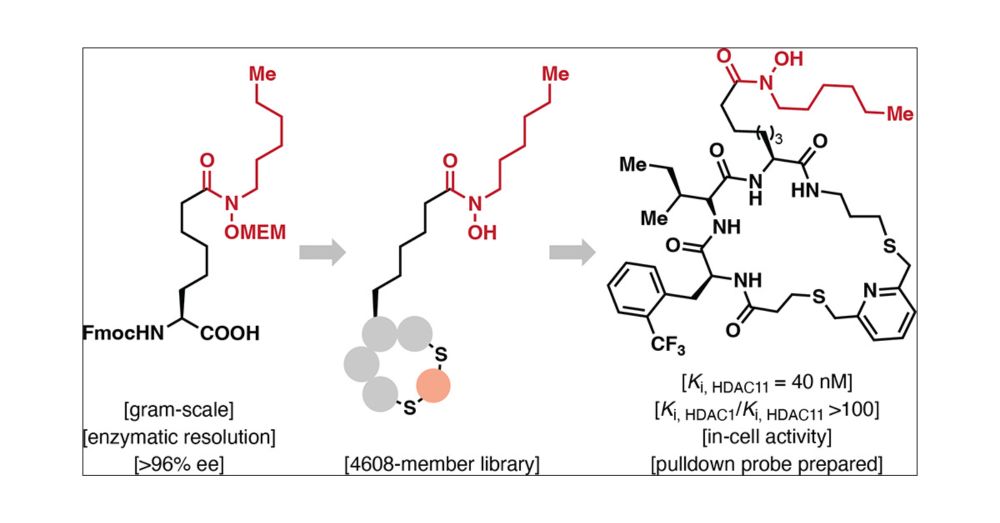
Discovery of De Novo Macrocycle Inhibitors of Histone Deacetylase 11
pubs.acs.org/doi/10.1021/...
#ChemBio #chemsky #HDAC
Big thanks to all authors who made this possible, especially our colleagues at @maxplanck.de and @unimedizin-goe.bsky.social And of course the @hmariclab.bsky.social @uni-wuerzburg.de
Big thanks to all authors who made this possible, especially our colleagues at @maxplanck.de and @unimedizin-goe.bsky.social And of course the @hmariclab.bsky.social @uni-wuerzburg.de
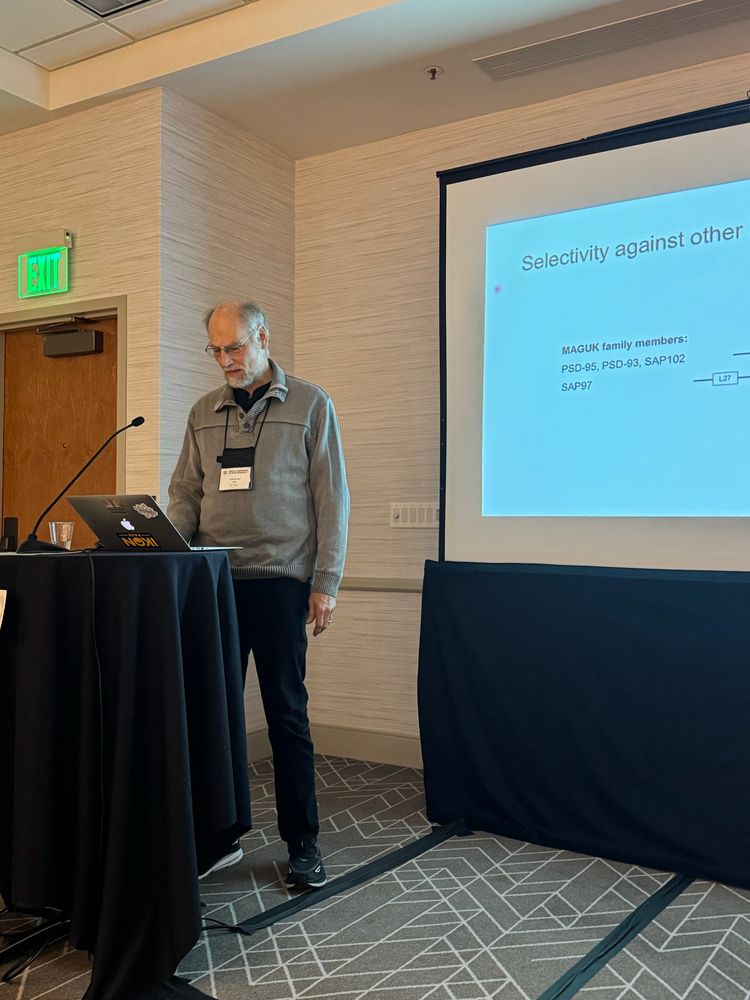
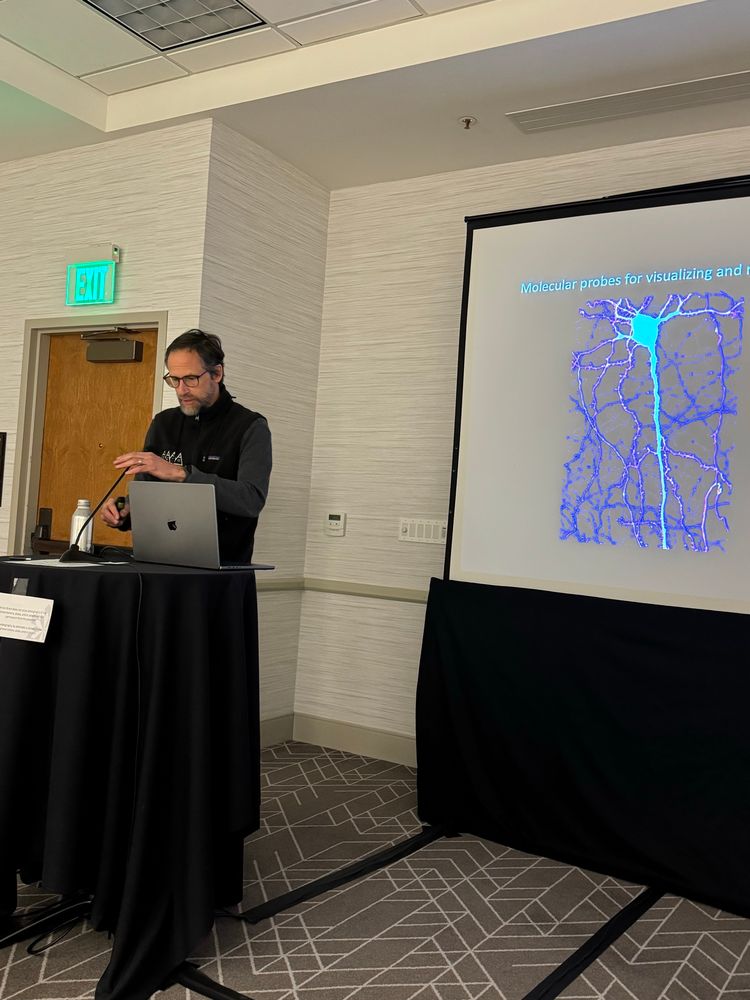

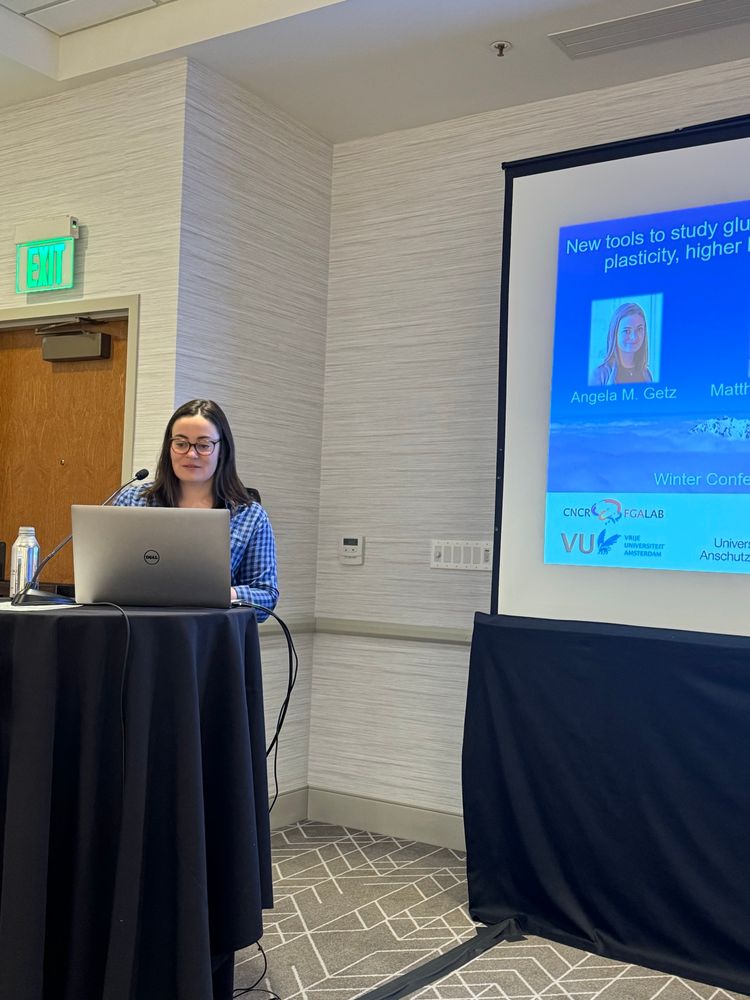
Thanks V Khayenko C Makbul @clemensschulte.bsky.social & @boettchercryoem.bsky.social for stunning #CryoEM visuals!

Thanks V Khayenko C Makbul @clemensschulte.bsky.social & @boettchercryoem.bsky.social for stunning #CryoEM visuals!
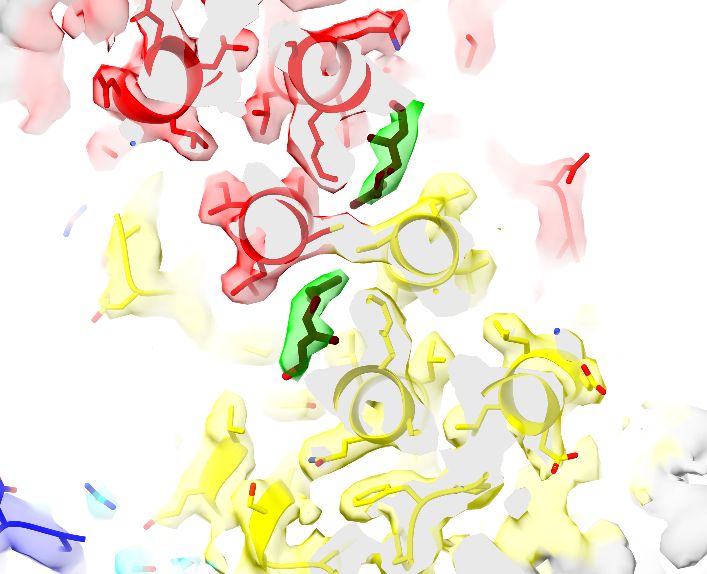
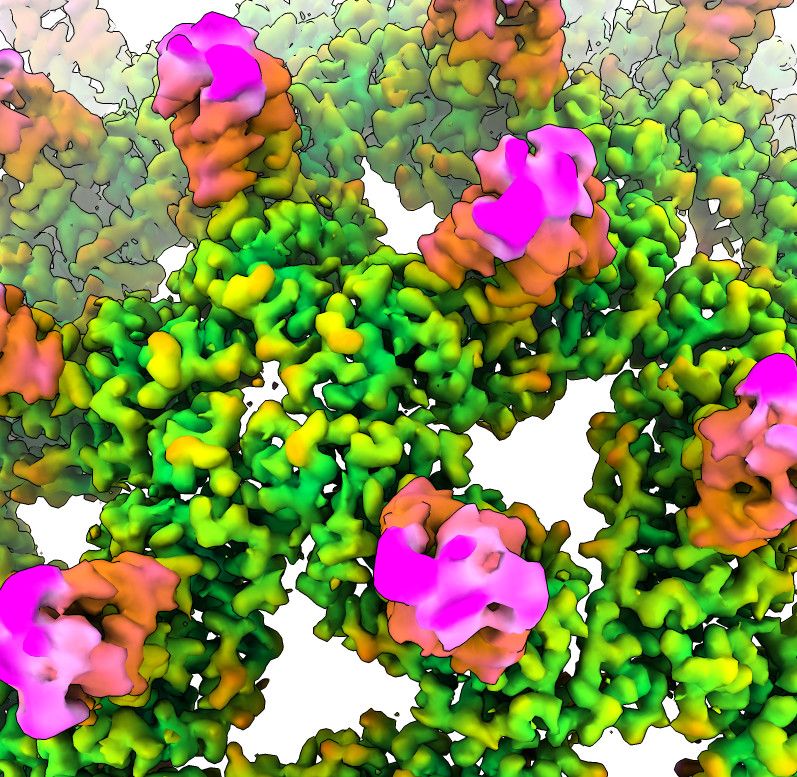
It was my postdoctoral work mit @sauer-lab.bsky.social Congrats to all the co-authors!

It was my postdoctoral work mit @sauer-lab.bsky.social Congrats to all the co-authors!
3D LLS-TDI-DNA-PAINT and live-cell LLS microscopy allow decoding of the molecular interplay of endogenous CD20 on B cells with therapeutic antibodies.
📄 Read more: www.science.org/doi/10.1126/...
3D LLS-TDI-DNA-PAINT and live-cell LLS microscopy allow decoding of the molecular interplay of endogenous CD20 on B cells with therapeutic antibodies.
📄 Read more: www.science.org/doi/10.1126/...
➡️ www.uni-wuerzburg.de/en/news-and-...
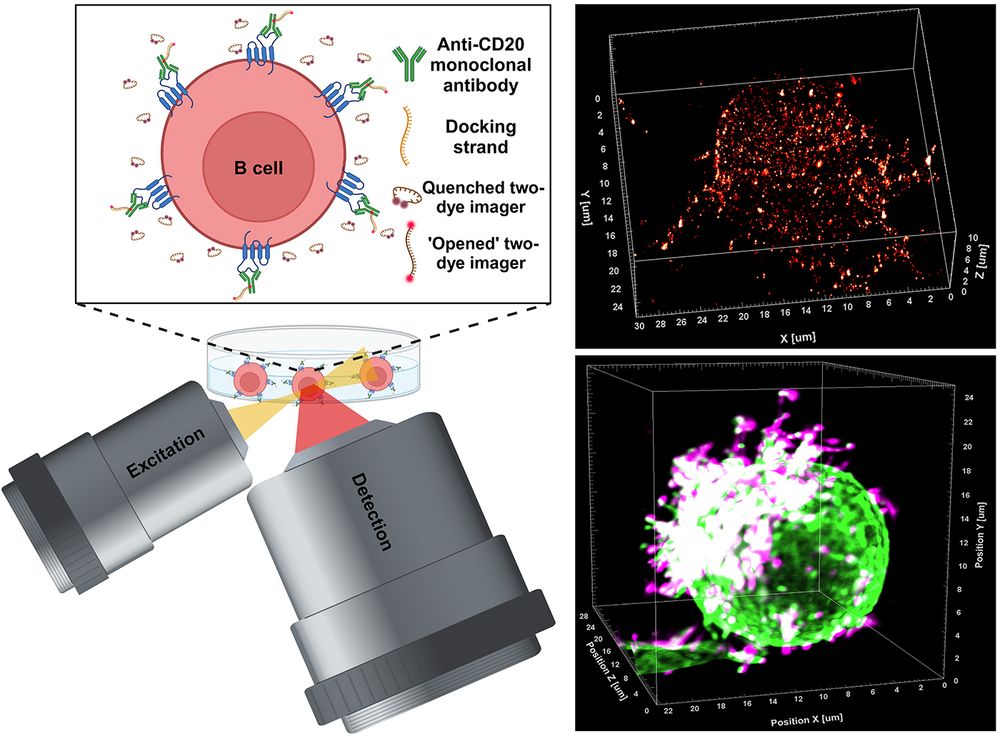
➡️ www.uni-wuerzburg.de/en/news-and-...

